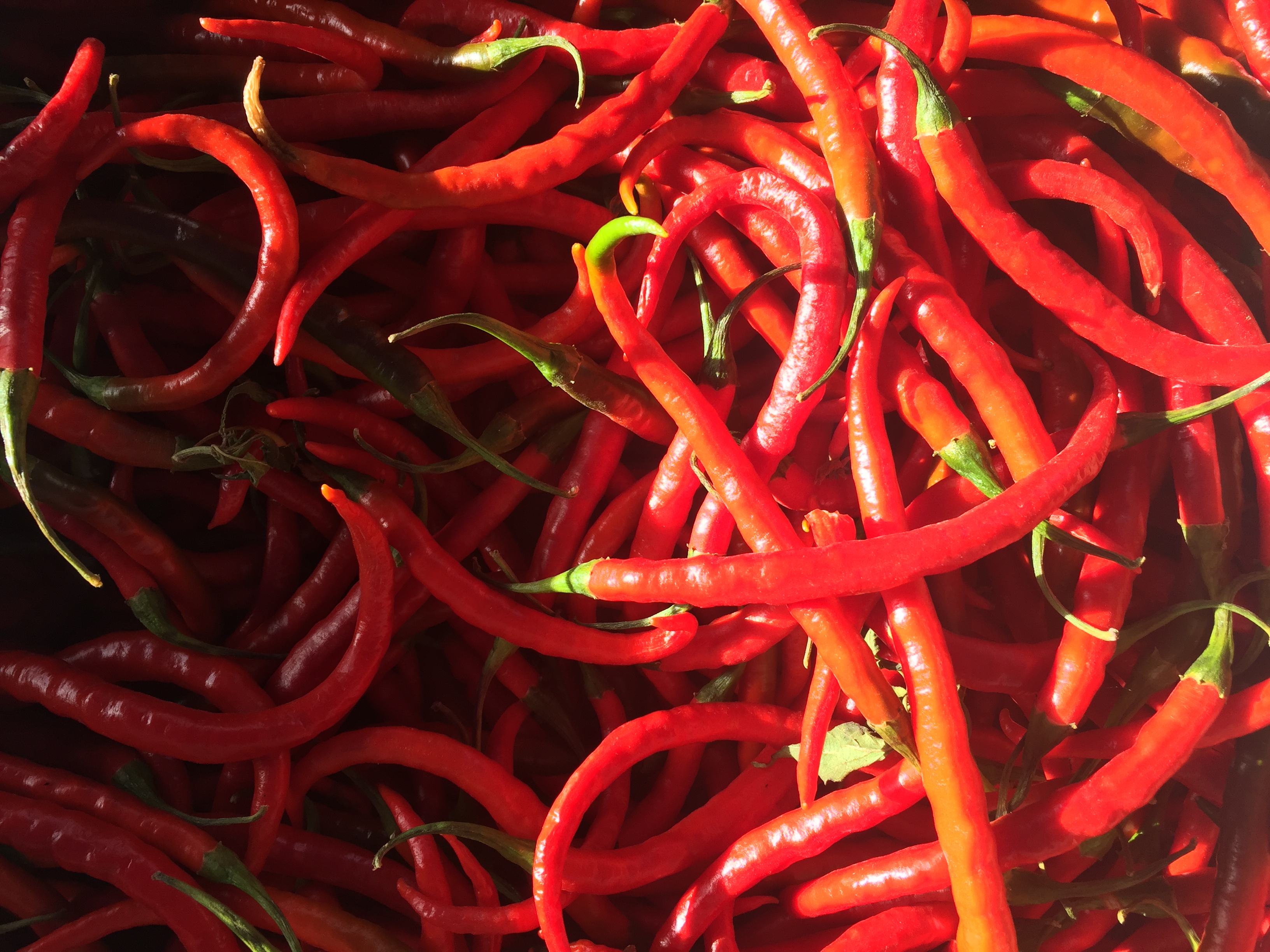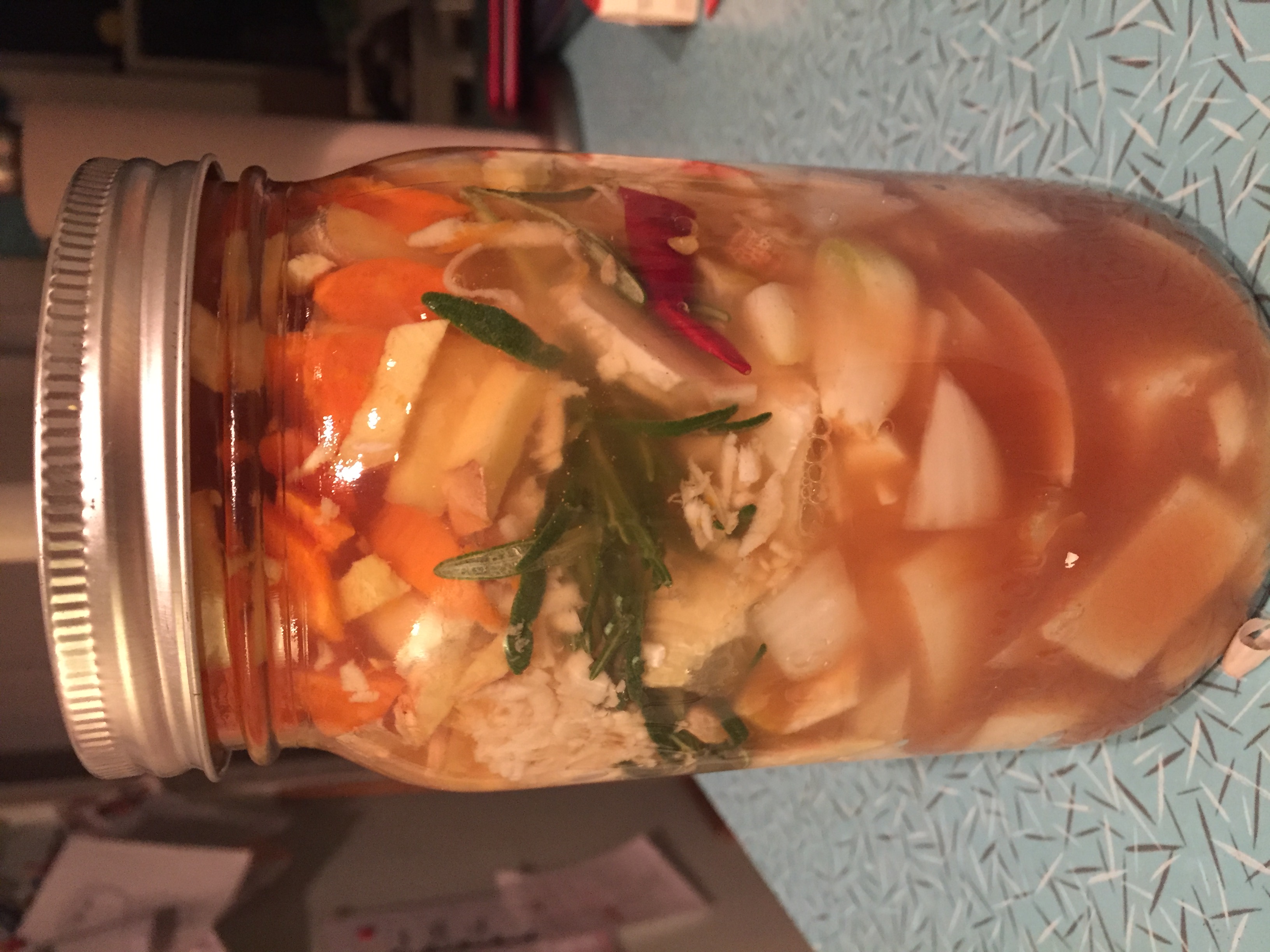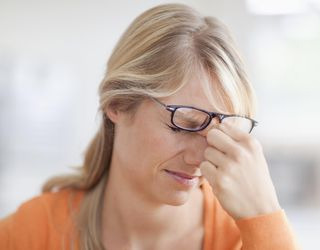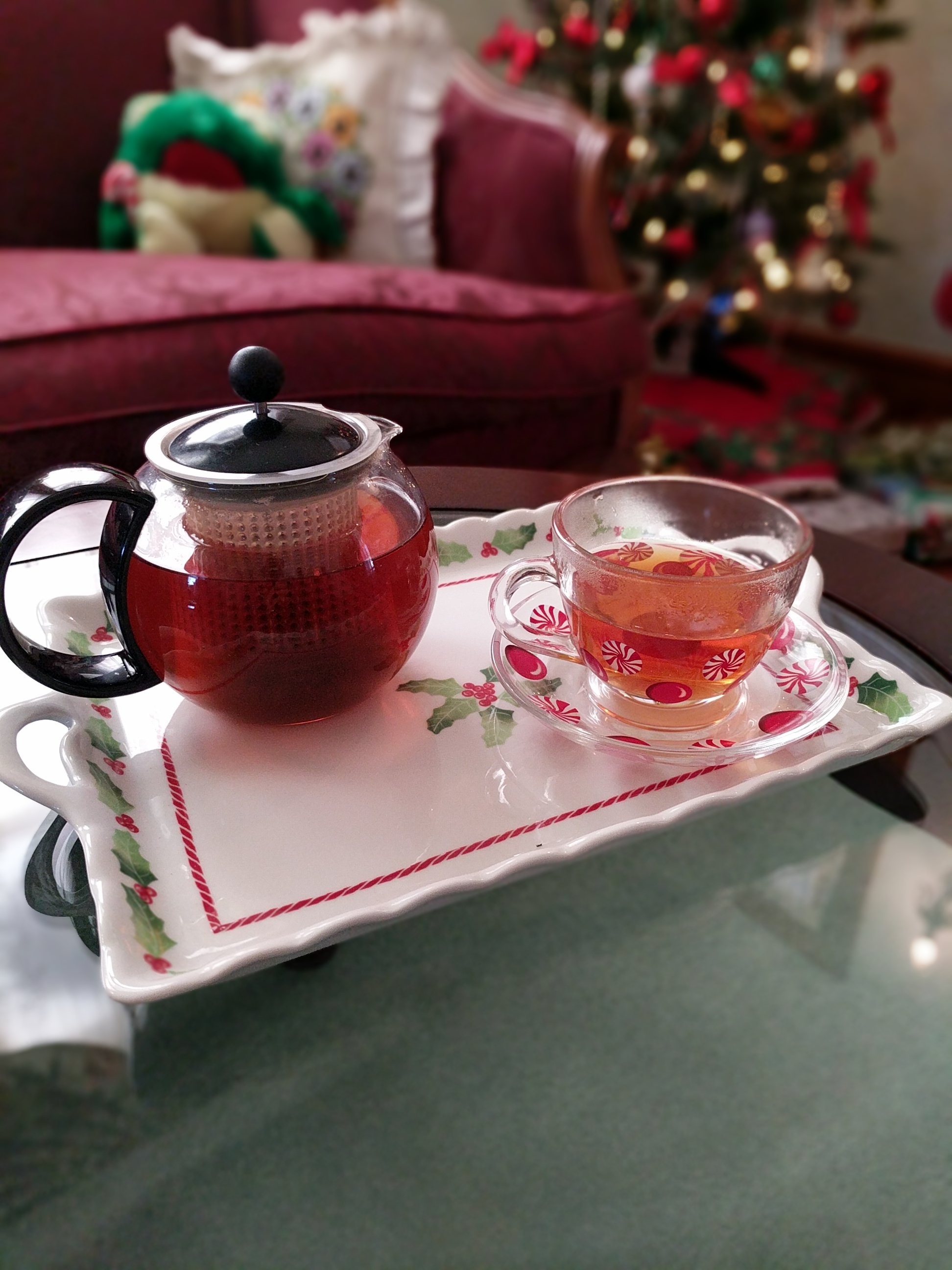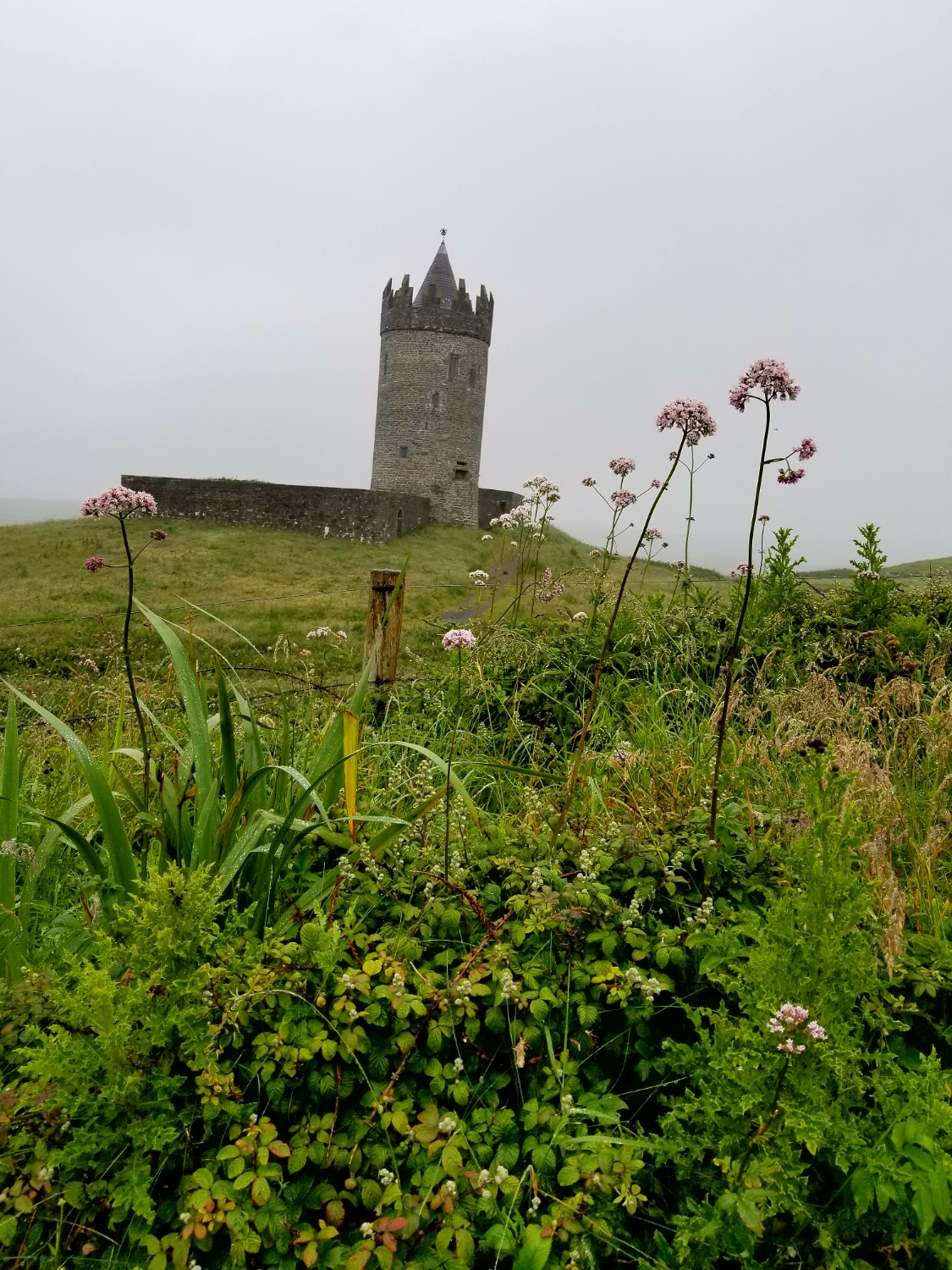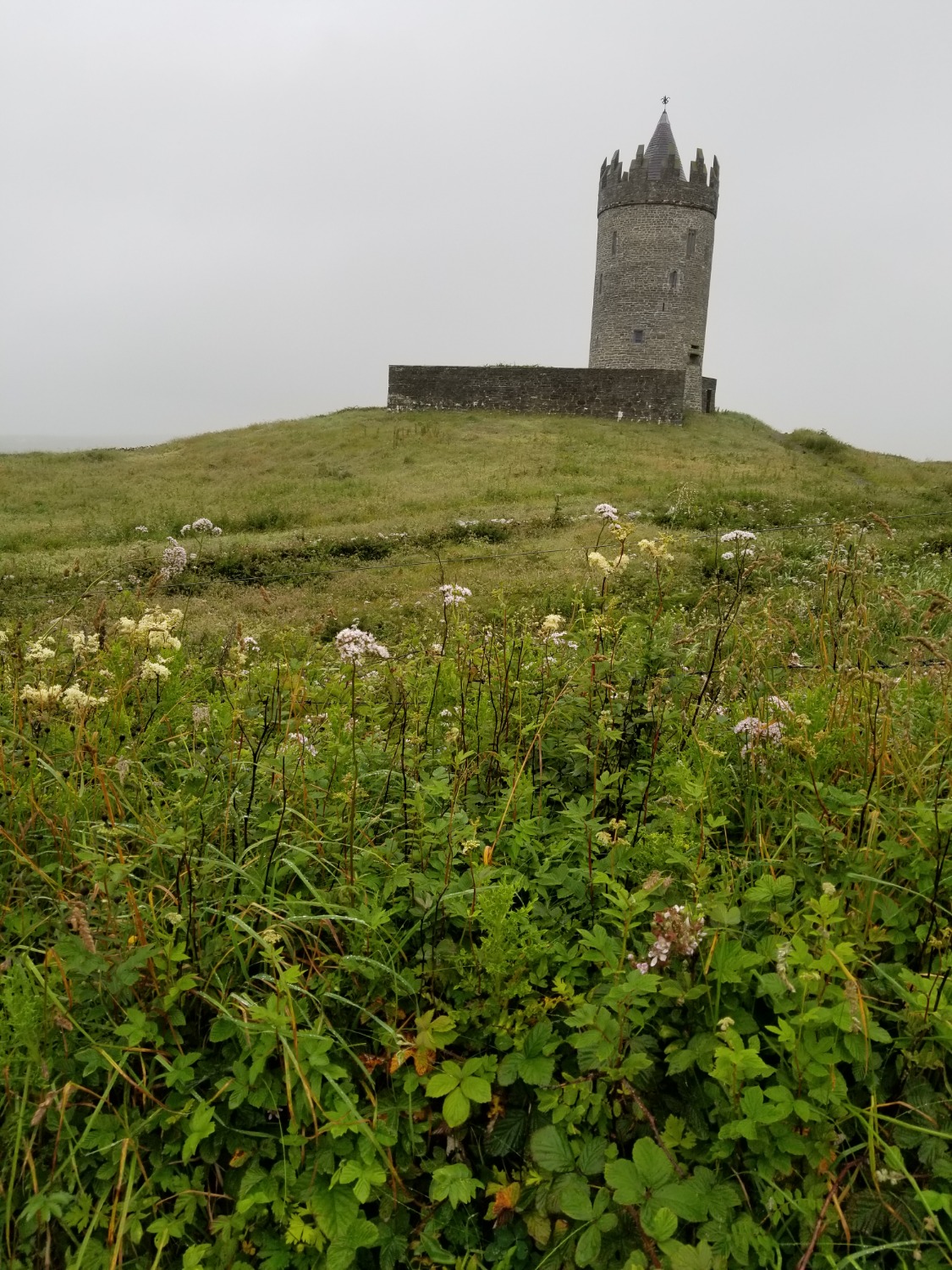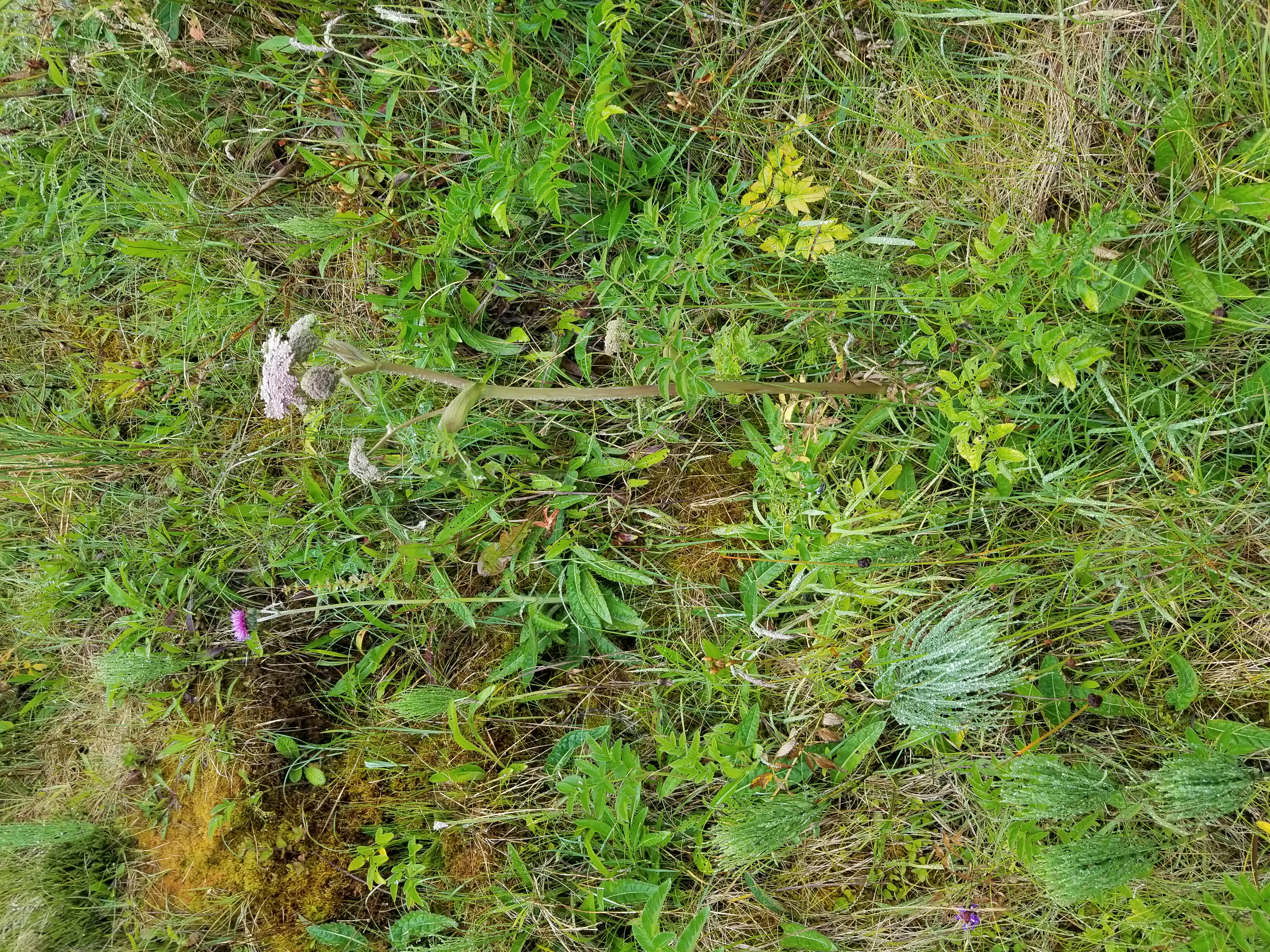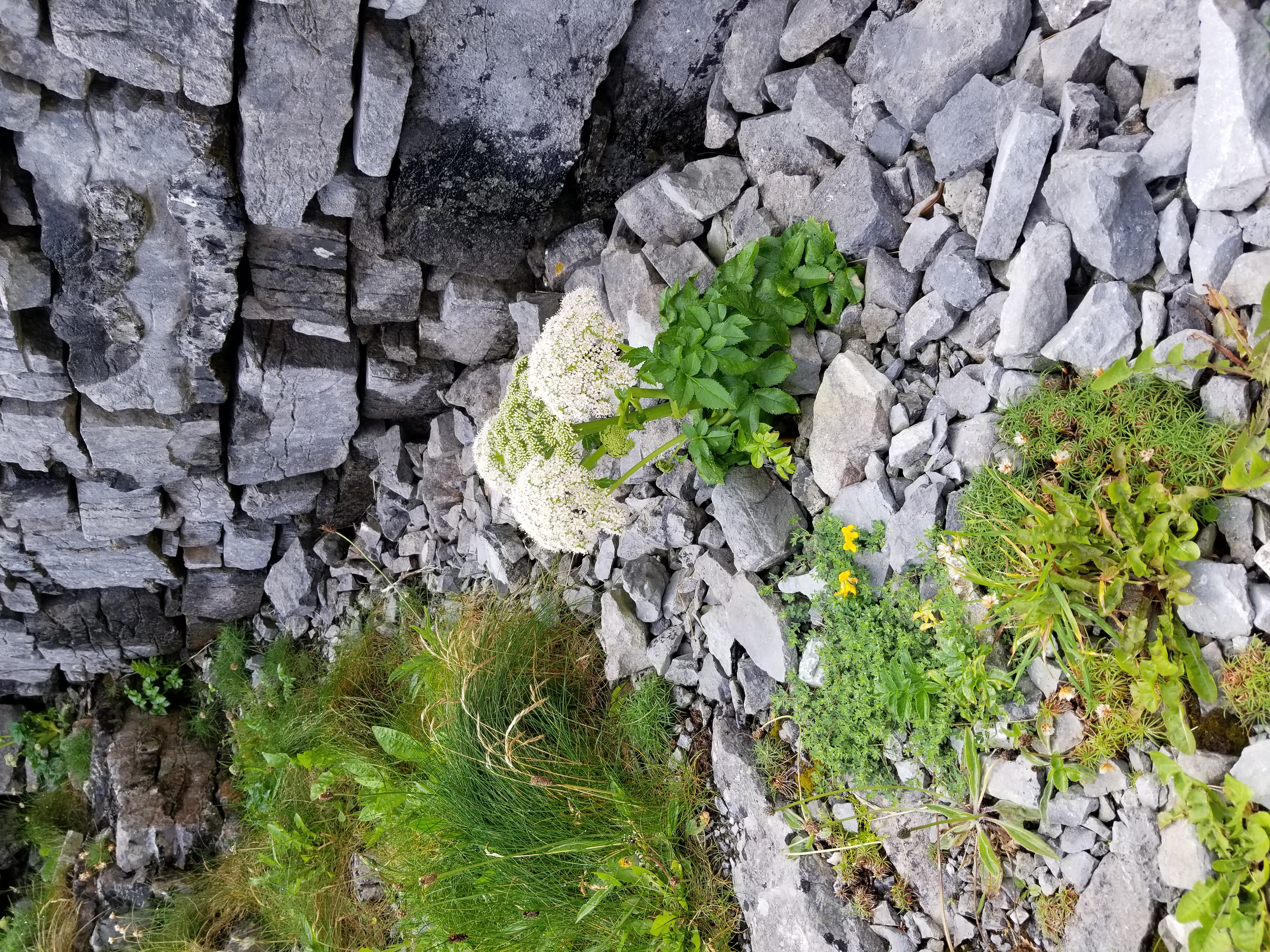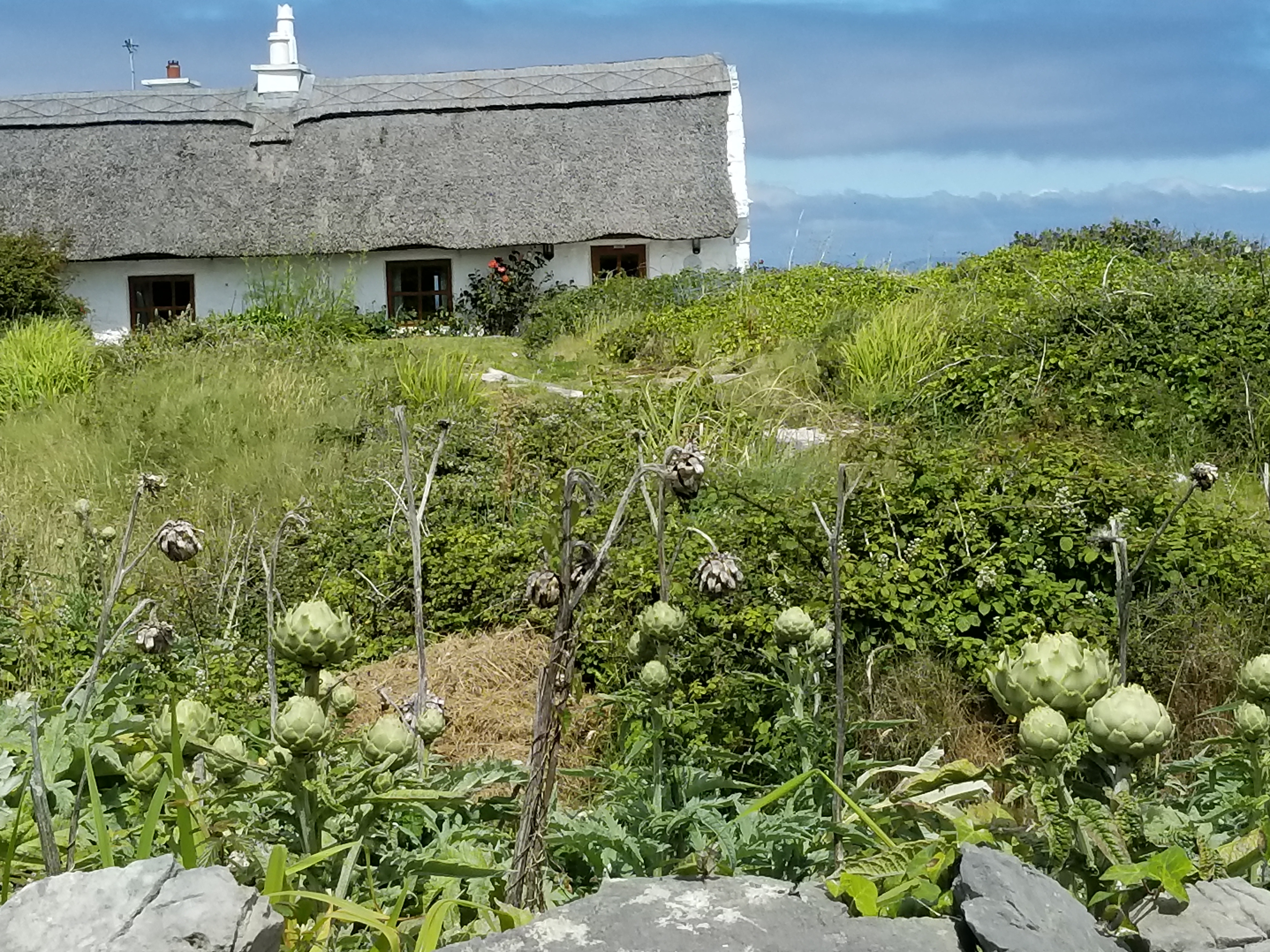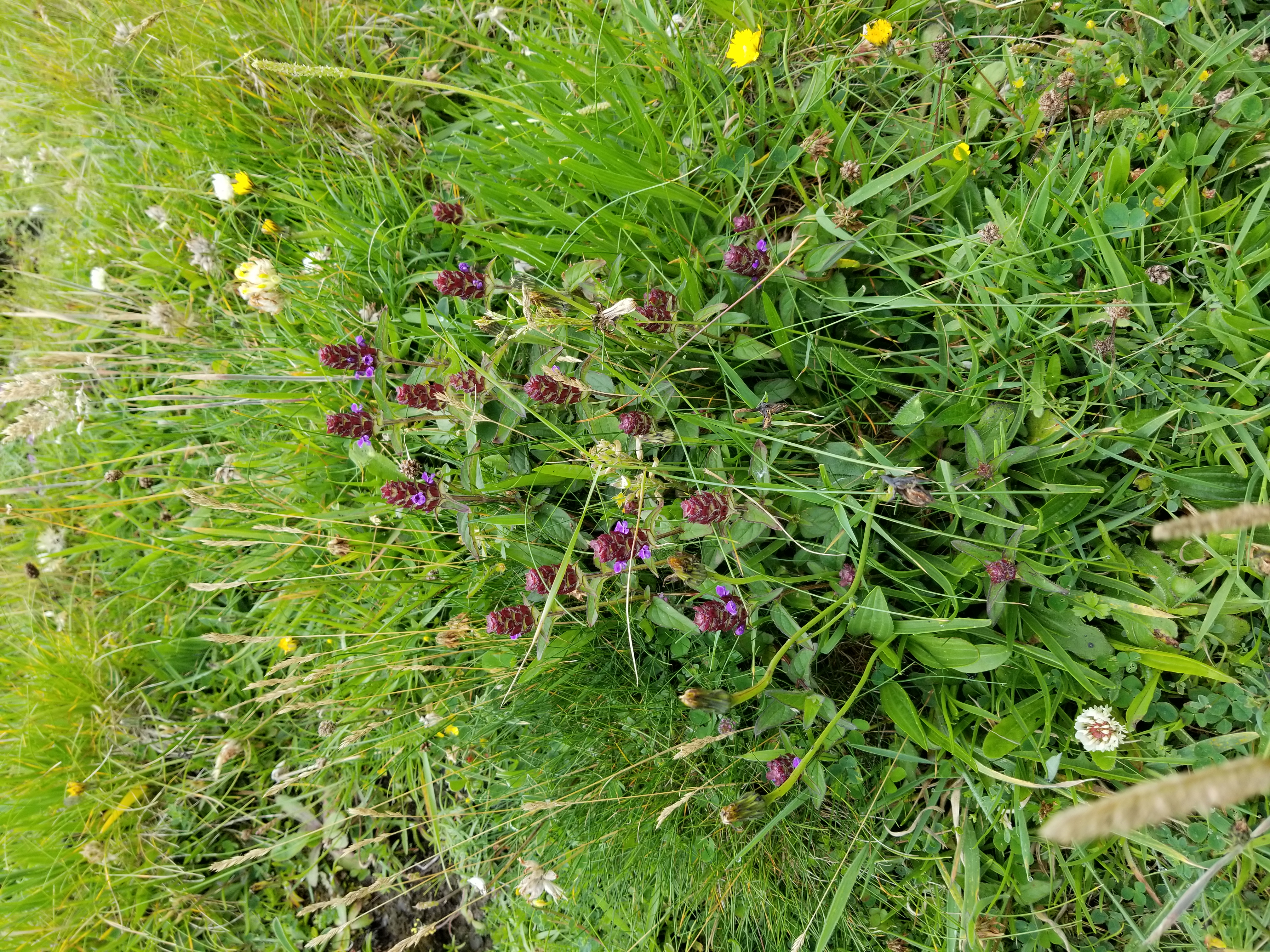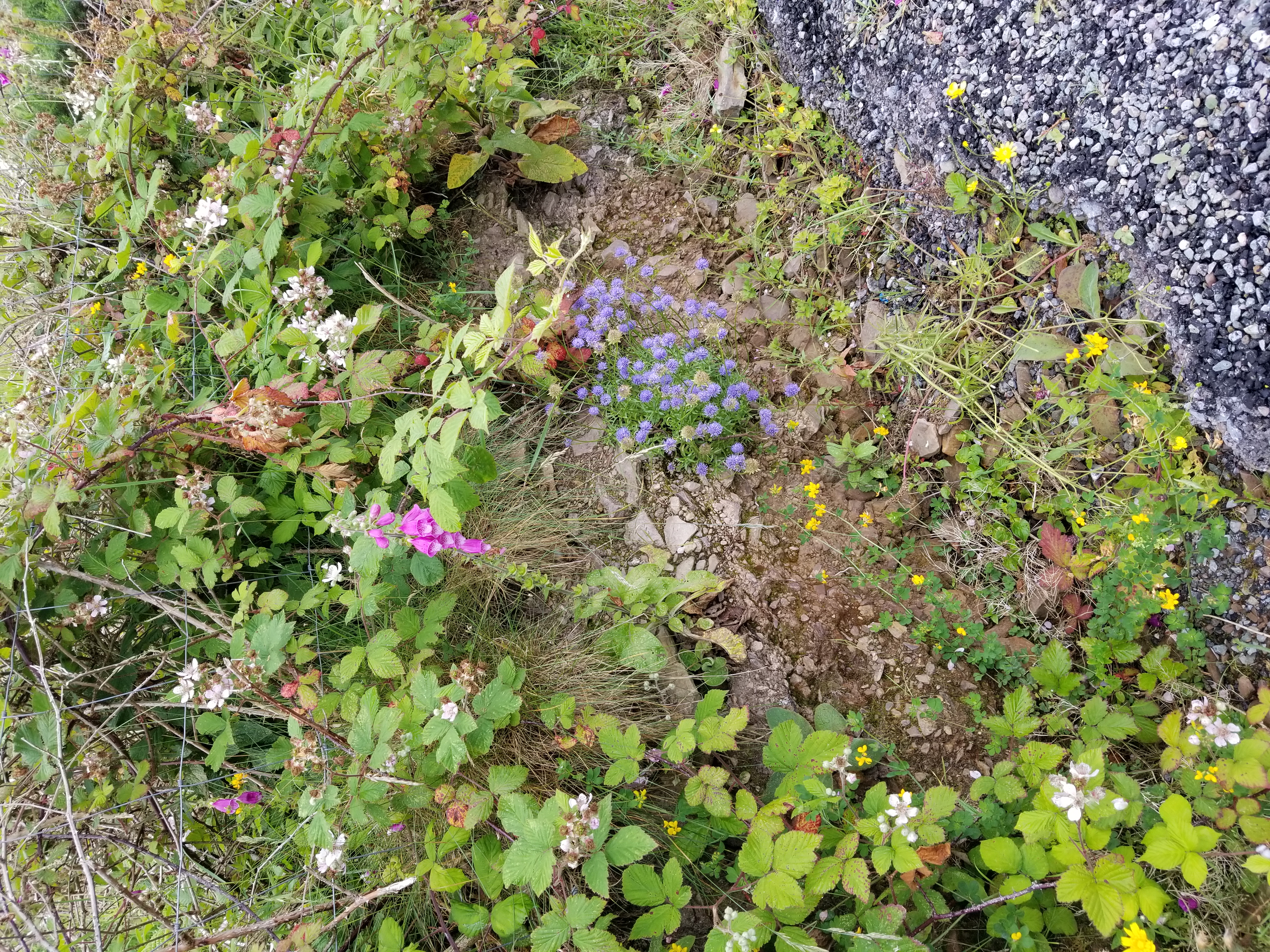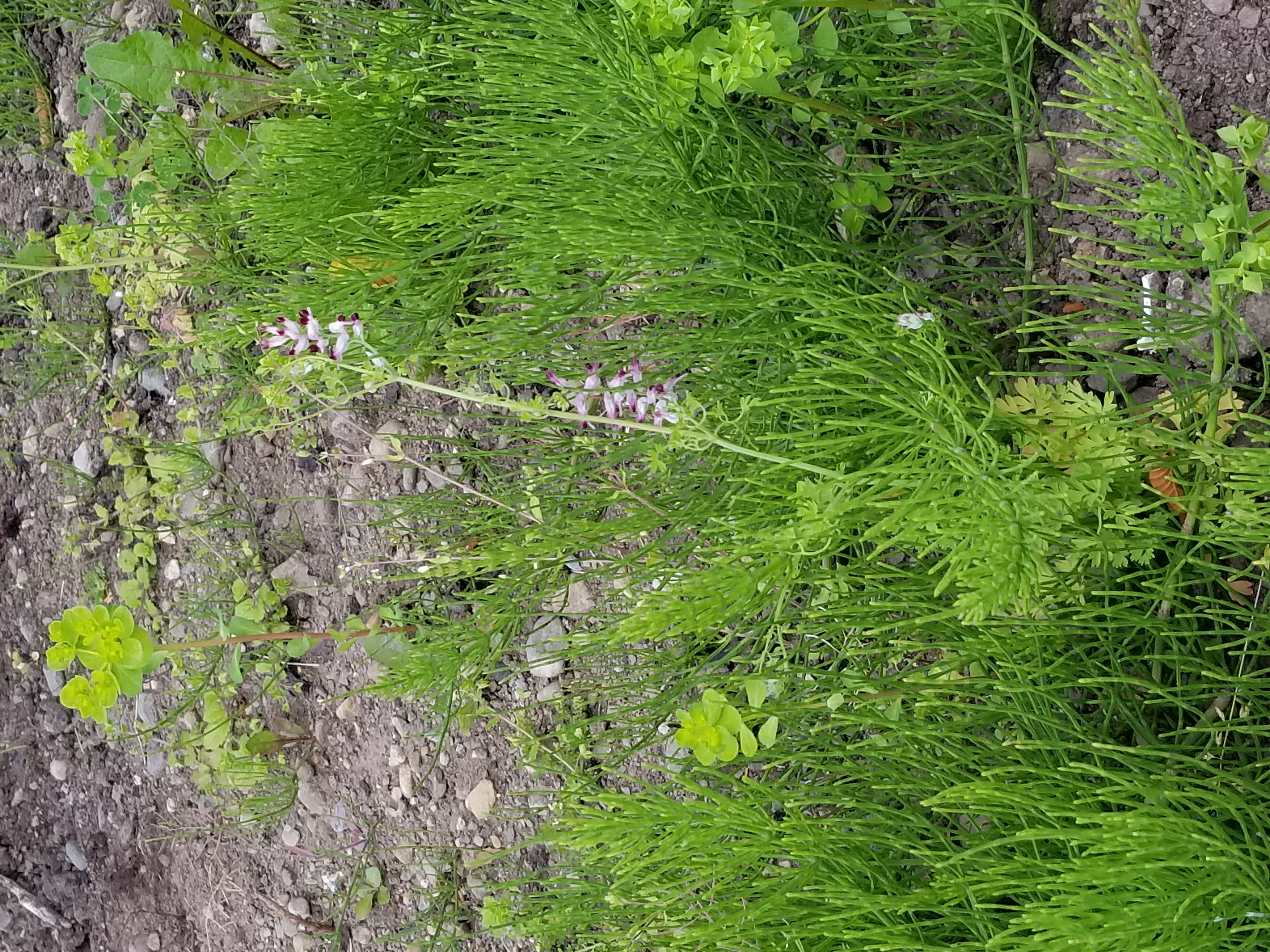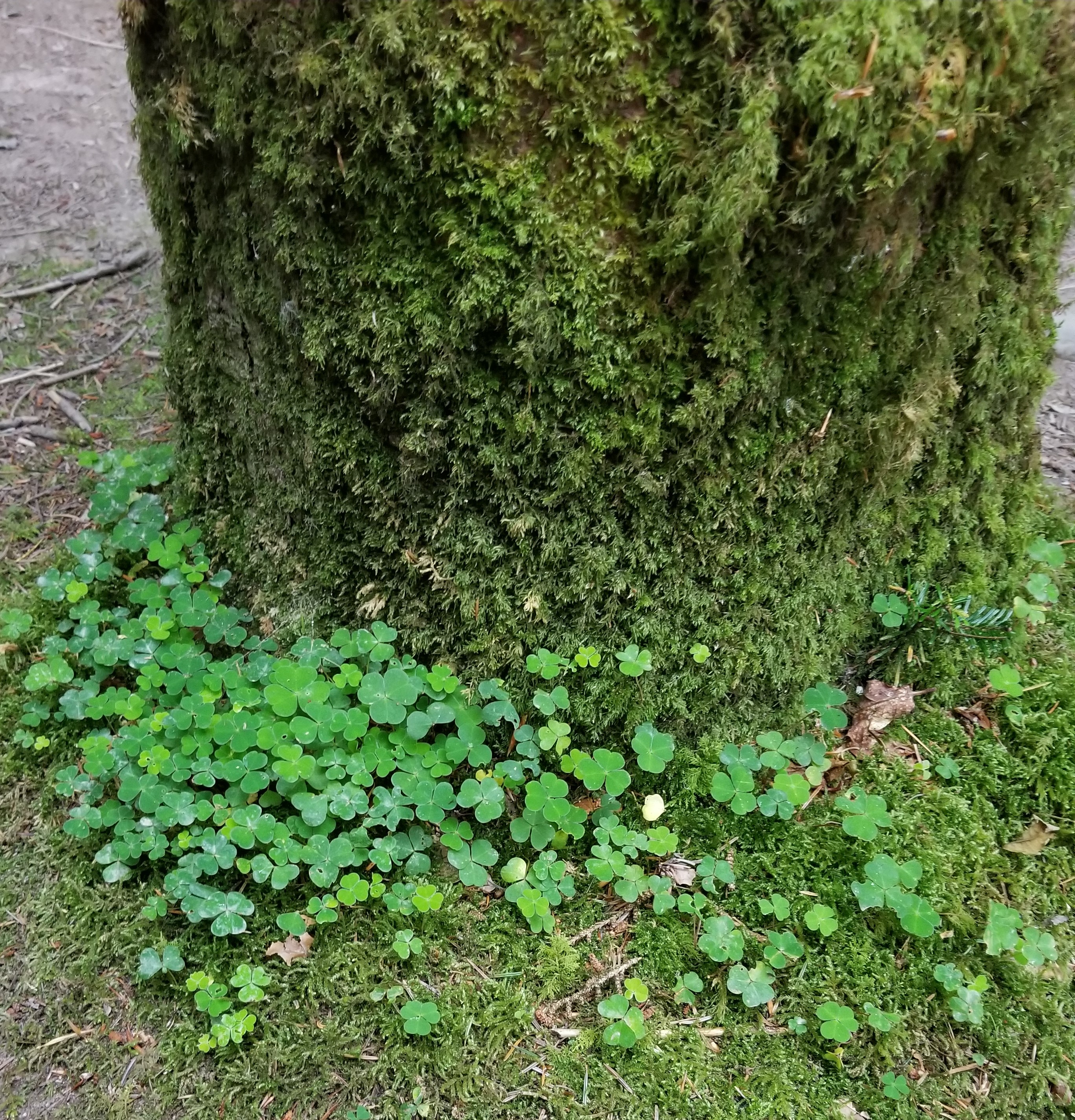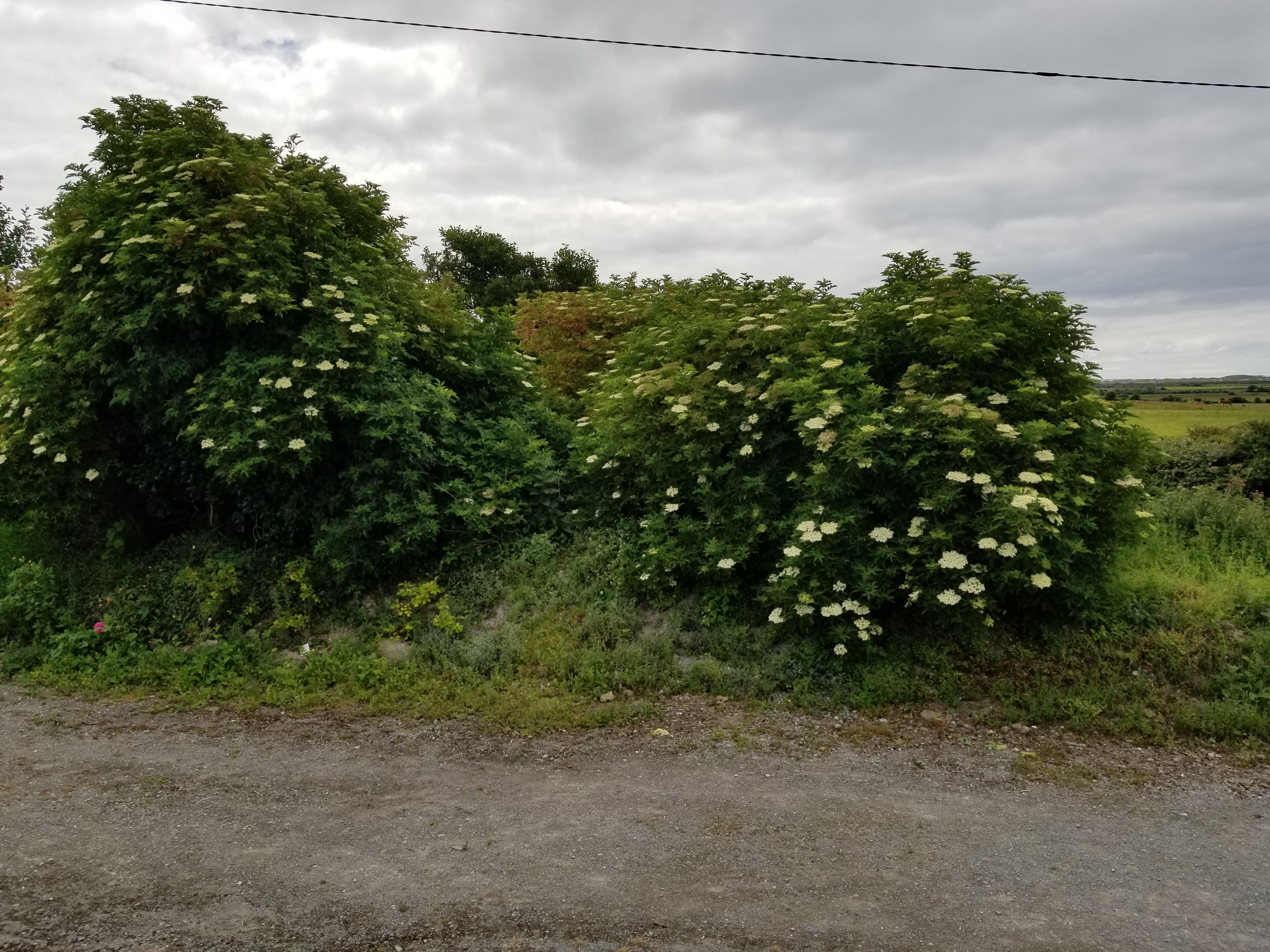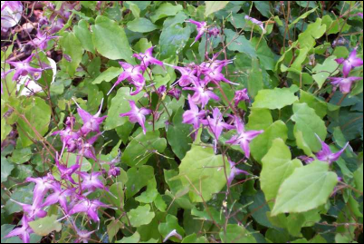
Herbal Aphrodisiacs? Yes, they are a real thing!
The word ‘aphrodisiac‘ comes from the name of the Greek goddess Aphrodite, the goddess of love and beauty, whose name also meant ‘sexual pleasure’. Therefore, an aphrodisiac is something that arouses sexual desire. It could be a substance such as a chemical (drug), but it could also be a sensory stimulant – visual (watching an intimate movie), audio (listening to sultry music), olfactory (a suggestive scent), taste (some foods are said to elicit amorous feelings), and/or touch (in just the right places and with the right intention).
From an herbal perspective, there are several options that are considered to have aphrodisiac effects. To understand why, it is helpful to first discuss a little about the physiology of ‘arousal’ in the body. A healthy reproductive system consists of good ’tissue tone’ of the reproductive organs (in terms of elasticity, for example), sufficient blood flow to promote the tissue health, adequate lubrication, and an appropriate balance of the ‘sex hormones’ such as estrogen, progesterone, and testosterone. Additionally, the progression of a healthy sexual encounter/response is shown below.

It all starts with desire, which is mediated physiologically by the production of oxytocin, sometimes known as the ‘love hormone’. Think warm, fuzzy sweaters, or fluffy kittens, and you’ll understand the effect that oxytocin has on you.
Next comes arousal, which occurs when the central nervous system is activated by stimuli as previously described, producing the neurotransmitter dopamine (the ‘pleasure hormone’). Nitric oxide (NO) is also secreted, which begins to increase blood flow to the reproductive organs (vagina, clitoris, breasts of the woman, penis of the man), increasing muscle tension and preparing the body for sexual activity. Orgasm occurs when muscle contractions increase at regular intervals, and then are suddenly released into resolution, which is characterized by gradual, pleasant muscle relaxation.
Now that the physiology has been covered, we can now select appropriate herbs that have positive effects on these processes.
Damiana (Turnera diffusa) seems to be the universal aphrodisiac, as it always seems to be the first herb listed in this category, in my experience.
Gokshura (Tribulus terrestris) is another whose leaves appear to modulate the sex hormones of both men and women.
With a name like Horny Goat Weed (Epimedium spp), what more is there to say?
Kappi kachu (Mucuna pruriens) seed is sometimes used to help ‘get you in the mood’.
For herbs that are more ‘reproductive tonics’ than aphrodisiacs, see shatavari (Asparagus racemosus) for the ladies, and saw palmetto (Serenoa repens) for the gents. See this previous Ask The Herbalist post for additional herb suggestions, and check out my supplemental blog post that describes the specific actions of each of these herbs. As for where to acquire many of them, I always like Mountain Rose Herbs as a reputable supplier.
Romm, A. (2009). Botanical Medicine for Women’s Health. Churchill Livingstone: Elsevier.
About the author:

Donna Koczaja, M.S., RH(AHG) graduated from Maryland University of Integrative Health (formerly Tai Sophia Institute) with a Master of Science in Therapeutic Herbalism and a Post-Master’s Certificate in Clinical Herbalism. She earned Registered Herbalist status from the American Herbalists’ Guild in 2018. Originally educated as a mechanical engineer, she combines the rigor of her original scientific training with the traditional healing art of herbal medicine to partner with her clients to uncover the root cause of their underlying health issues. Also a Master Gardener since 2008, her primary interest is in inspiring others to improve their health and sense of wellbeing through the joys of gardening and the power of natural medicine.
Donna currently practices as the professional herbalist at the MUIH Natural Care Center (410-888-9048×6614) in Laurel, Maryland. Read more about her, what she does, and why she does it at www.greenhavenliving.com, or contact her directly at greenhavenliving@gmail.com or 240-353-8754.

